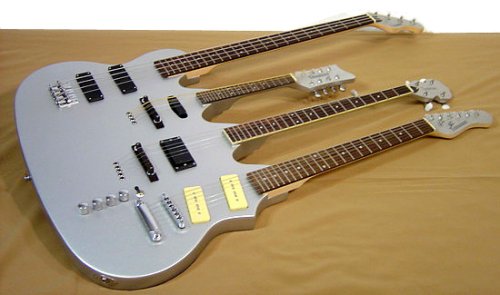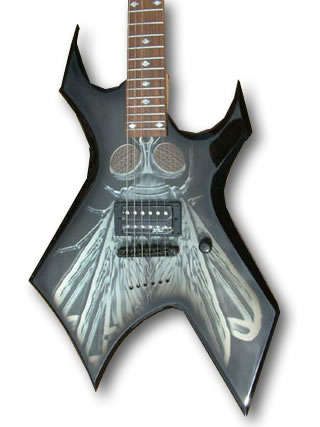I just picked up a Fender Classic Player Baja Telecaster last week and posted on my Facebook page (My first "real" Fender apart from a couple of Squiers and a FR48 resonator). I mentioned that I'd like to see it with a rosewood fingerboard and that got me thinking...
Rosewood vs Maple... hmmmm? What other kinds of woods would be suitable for fingerboards? So I did a little Googling and came up with this interesting snippet from www.axehandle.net
"The most common fingerboard materials are Maple, Rosewood ,and Ebony.
Maple (Acer Saccharum) can be available in different flavors including flamed, quilted, birdseye, and hard maple. A maple fingerboard will brighten the sound of any instrument. It is a very strong and stable wood that can be found on most fender necks.Of all these the only uncommon wood I recognise is Bubinga. I have seen a couple of guitars with eye boggling figured curly (or birdseye) maple fingerboards and I have a Maccaferri with its plastic fingerboard as featured here in 2009.
Brazilian Rosewood (Dalbergia Nigra) is the wood of choice for fingerboards of high-end guitar manufactures. Right now, this beautiful dense wood is the trend but because of CITES making it illegal to harvest living rosewood trees, it is getting harder to find. Brazilian Rosewood will add a warm clear rock + roll like tone to your guitar as well as $$$.
Ebony (Dispyrus Melanoxylon) is by far our favorite choice for fingerboard material. Its sexy black color is perfect for popping the white mother of pearl inlay that will really show off your custom guitar features. This fast feeling fingerboard offers a bright tone with uncompromising sustain!
Some other wood suitable for fingerboards include Bocoto (Cordia Elaeagnoiders), Bubinga (Guibourtia Demeusei), Canary (Centrolobium Ochroxylon), Cocobolo (Dalbergia Retusa), Indian Rosewood (Dalbergia Latifolia), Macassar Ebony (Dispyrus Macassar), and Bloodwood (Brosimum Paraense).
Some of these different species are more pleasant to work with then others. A word of caution: Different people react differently while milling exotic woods. Several of the types of wood mention above are considered somewhat poisonous. They are very oily and during sanding can create vapor-like fumes that will irritate skin and respiratory systems. Please educate yourself and take the proper precautions".
Are these the only suitable materials or we just a very conservative bunch?
I wonder if any of our readers have come across bizarre or unusual fingerboard materials.
David in Barcelona - A bit snowed under at the moment so aplogies for lack of recent posts.
© 2011, Guitarz - The Original Guitar Blog - now in its 10th year!











No comments:
Post a Comment